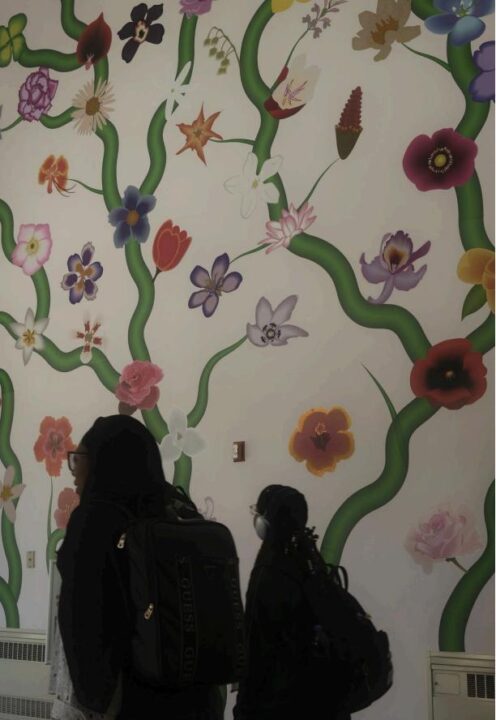Dance performances require the ultimate blend of perfection and freedom, showcased in only a few short minutes of continuous spins, leaps and emotional facial expressions. And even more difficult is finding a unique “voice” for the dance company, separating it from the thousands around the world — something the Baltimore Dance Project aims to do.
Baltimore Dance Project is the resident professional dance company at the University of Maryland, Baltimore County. It is, at its core, a democracy — with multiple artistic directors and choreographers working together, opinions and preferences mesh to create performances much like the one this past weekend, where a brightly colored dance with spins and leaps was met by heavy-handed dances of interpretive movements and anguished faces.
The power, however, does not only reside within the faculty. The dancers also have some say in the execution of the dance. Carol Hess, one of the artistic directors, has a lot to say about planning the choreography: “In the process of creating the dance, you get more ideas. You find out that your original idea is gonna be better expressed in ways you didn’t imagine before. So it’s about having the human beings in the studio and making the work on those human beings, setting the dance on those people.” She concludes, “The ideas will come from the dancers.”
This dance company stretches beyond the reach of UMBC students and staff. Baltimorean dancers, both groups and soloists, are invited to perform in Baltimore Dance Project shows, creating a diverse mix of sound and movement. Not only that, but this company performs on campus and all over Baltimore and Maryland.
At the end of the day, the interpretation from the audience is what matters most. As with all art forms, if the message of the art does not reach the audience, the goal of the artists is not met. Baltimore Dance Project recognizes this. However, it takes a more abstract approach to sending its message to the audience — in that the dances are literally abstract.
In its latest show, one of the dances had three people on stage — two dancers and a violinist. The two dancers, dressed all in white, moved with and against each other, the male dancer often lifting the female dancer and placing her elsewhere on the stage. At one point, he lifted her sideways onto her shoulders and she walked across the wall, feet silent on the dark background.
Because this particular dance was so abstract, no single interpretation is correct. A choreographer may have expected a certain reaction, but in the end, every person has their own experiences which influence how they view the dance.
Hess speaks to this, saying, “Sometimes audiences feel like they have to get the right answer.” But there is no ‘right answer.’ She continues, “It’s not clubbing you over the head saying ‘no you got the answer wrong!’ It might not be a response that the choreographer envisioned, but we can’t envision what’s going on in everybody’s mind.”
Baltimore Dance Project allows fellow humans to see beauty in dance, without forcing any meaning behind it.


